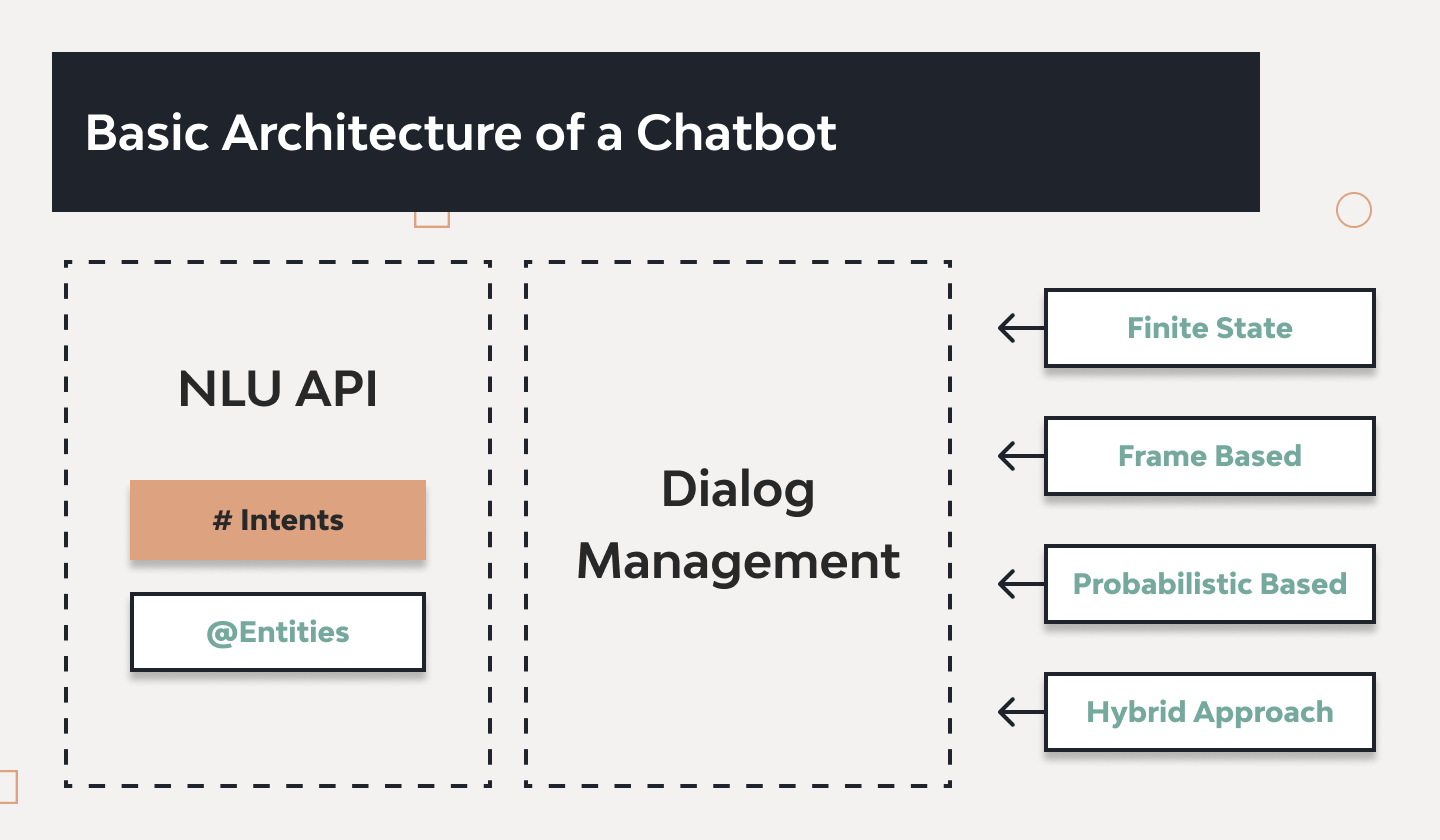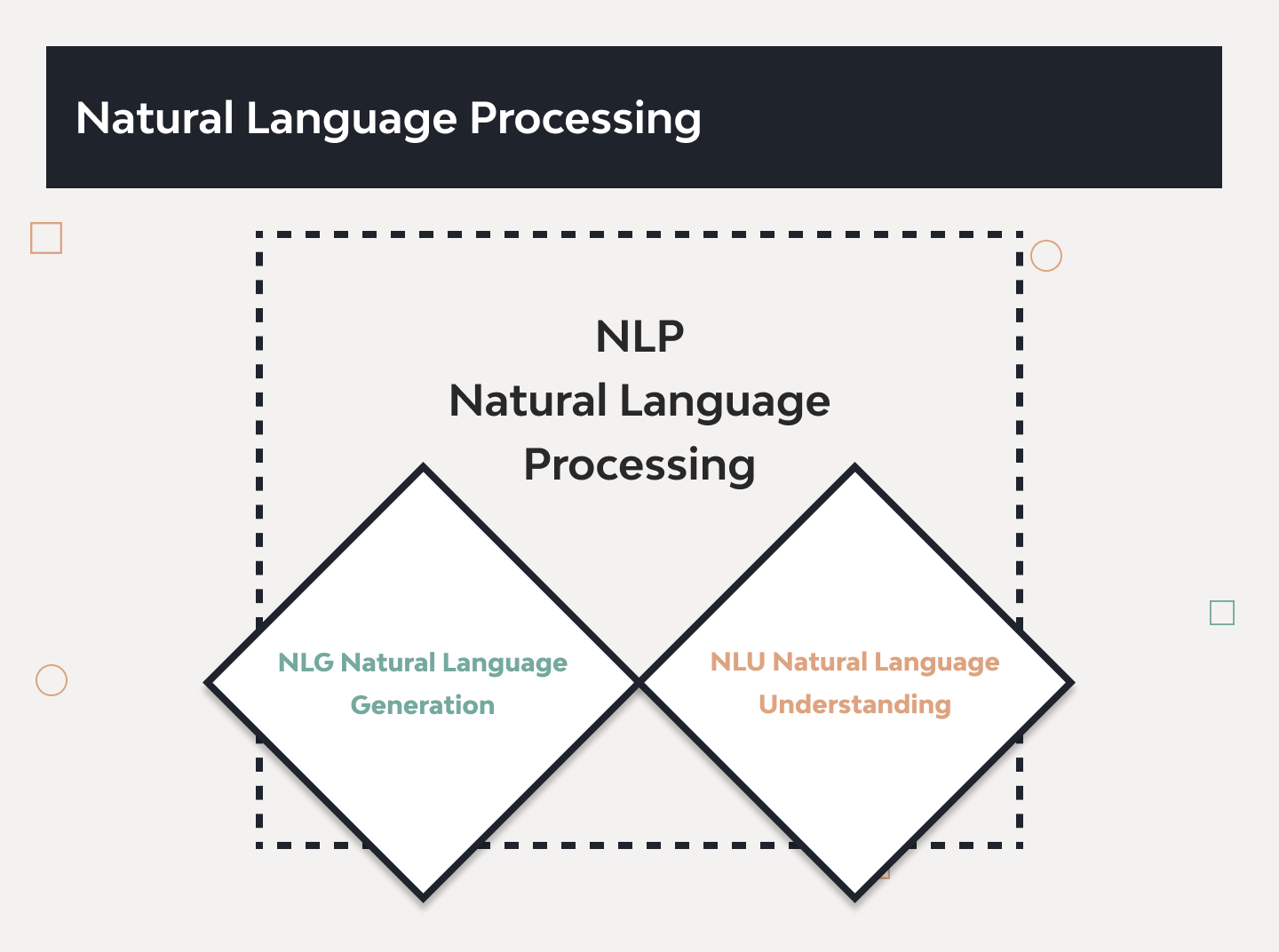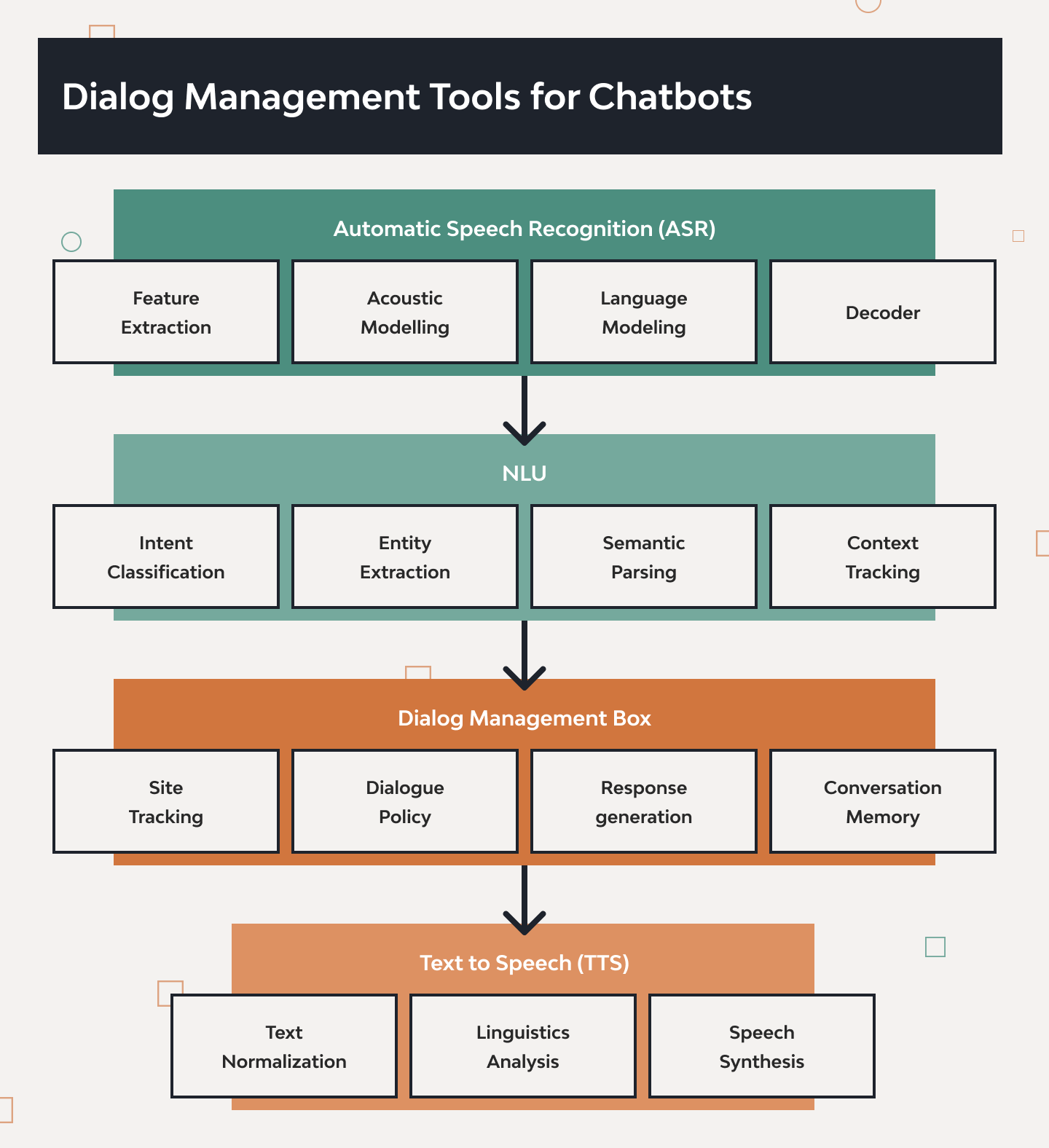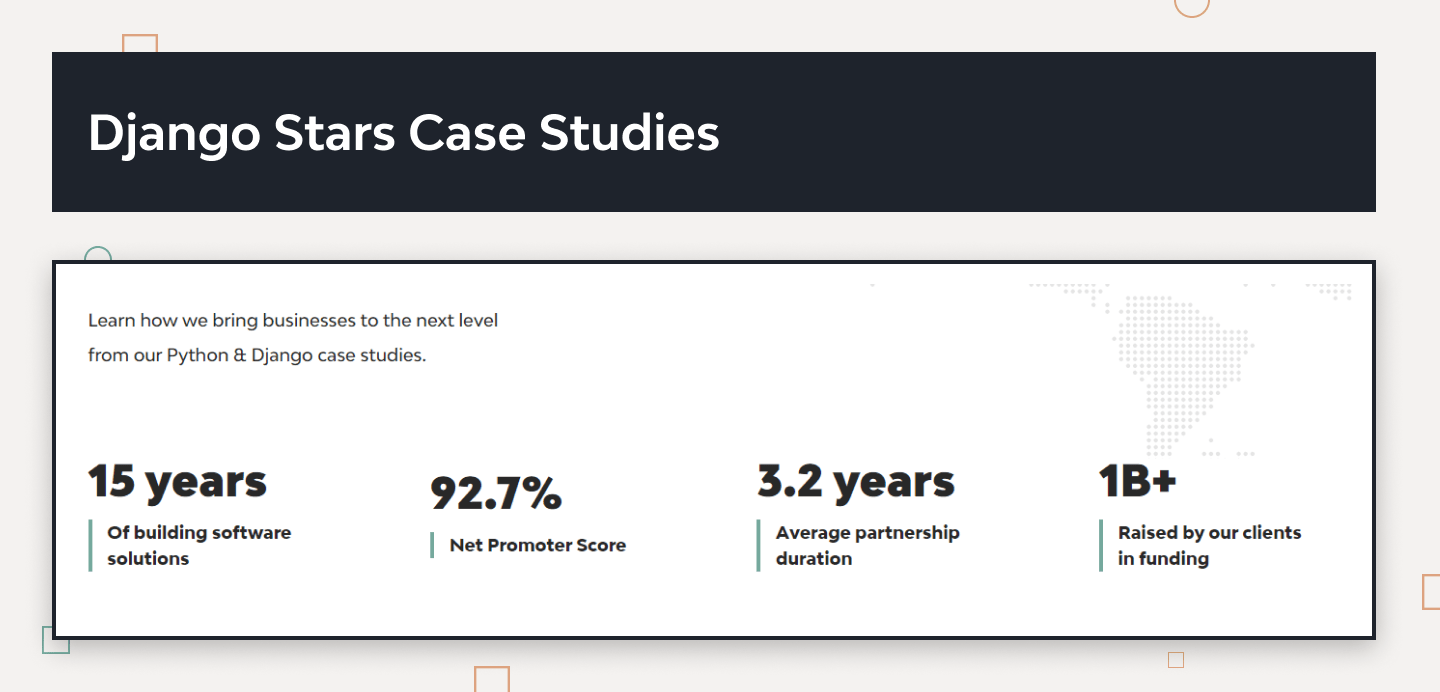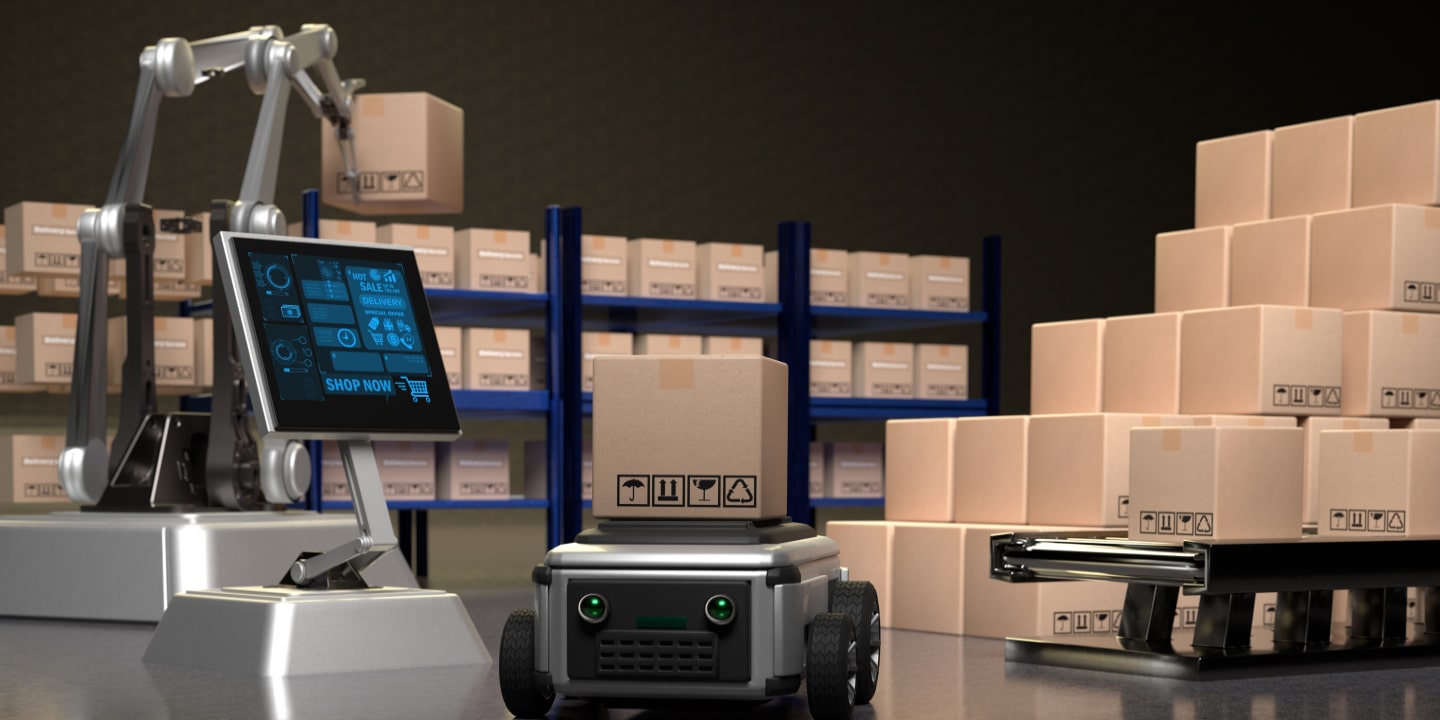Dialog Management in Chatbot Development. All You Need to Know

Have you ever interacted with a chatbot that kept asking for clarification, leaving you frustrated? This highlights the importance of effective dialog management in both chatbots and voicebot conversational AI. Strong dialog management ensures systems can accurately interpret inputs, respond naturally, and maintain a smooth, helpful flow in every interaction.
In this article, we’ll describe:
- Components of dialog management for chatbots
- Six approaches with examples
- Best practices that lead to successful interactions
- Case study by Django Stars
By the end of this guide, you’ll gain insights and tips that can transform how your chatbots interact with users, and make them more intelligent, responsive, and effective.
What is Dialog Management for Chatbots?
Dialog management in chatbots is one of the components of their architecture. It allows a chatbot to manage and maintain the flow of a conversation and ensure responses are timely and relevant.
NLP dialog management for chatbots transforms simple, reactive chatbots into interactive systems that can conduct human-like dialogues. This capability enhances user experience by making interactions feel more natural and responsive.
Visualizing the basic architecture of a chatbot, we see several components: the user interface, input processing, an API for fetching external data, and the dialog manager at its core.
The dialog manager itself can be built using various models like finite state, frame-based, probabilistic, or a hybrid approach. Each offers different strengths in handling the complexity and fluidity of human conversations.
By effectively managing these elements, a chatbot can perform with an enhanced understanding and fluidity, mimicking human conversational patterns more closely and efficiently.
Key Components of Dialog Management System
Input Decoder
The Input Decoder is the initial gateway in a dialog management system, where user inputs are transformed from various forms (like speech, text, or gestures) into a standardized format that the rest of the system can process.
In speech-based systems, this involves converting spoken language into text through Automatic Speech Recognition (ASR) technology. This component is essential for understanding the phonetics and phonology of the speech, converting sounds into recognizable strings of words.
Natural Language Understanding (NLU)
One of the key subdisciplines of Natural Language Processing (NLP), Natural Language Understanding forms the core of the dialog system’s ability to interpret human language. It processes the decoded input to extract meaningful information. The NLU component analyzes the structure of the language (syntax), understands the meanings of words (semantics), and also considers the formation and function of the words (morphology). By dissecting user input this way, the NLU can provide a semantic representation of the user’s intent to the chatbot conversation management system, significantly boosting the chatbot’s intelligence.
Dialogue Manager
The Dialogue Manager is arguably the most complex component of the system. It takes charge of the conversation, managing the dialogue’s flow based on the context and the user’s input.
It maintains the history of the dialogue, manages conversation strategies, and decides on the most appropriate responses. The Dialogue Manager often interfaces with various sub-components such as the user model, dialogue model, and knowledge base, enabling it to handle interactions intelligently.
Domain Specific Component
This component acts as a bridge between the Dialogue Manager and external applications or databases. For instance, if the chatbot needs to fetch data from a database, the Domain Specific Component translates the Dialogue Manager’s requirements into specific queries (like SQL) that the external system can understand. This ensures the chatbot can interact effectively with different domain-specific systems and return relevant information to the user.
Response Generator
The Response Generator crafts the messages the chatbot delivers to the user. It decides what information to include, how to organize it, and in what style to present it. This component can use various methods, from simple template-based responses, where data is slotted into predefined formats, to more complex generative models that construct responses from scratch based on the dialogue context.
Output Renderer
Finally, the Output Renderer converts the generated response into a suitable format for the user interface. In text-based chatbots, this may involve displaying the text. In more advanced multimodal systems (involving voice, visuals, etc.), this component may include speech synthesis technologies to create spoken responses or generate graphical elements on the screen.
These dialog management tools for chatbots work together to allow dialog systems to engage users in meaningful, contextually aware conversations, mimicking human-like interactions as closely as possible. The benefits of such systems are evident in improved customer satisfaction and operational efficiency.
Six Approaches to Dialogue Management
When designing chatbots, selecting the right dialogue management for AI chatbots approach can impact the system’s effectiveness and user satisfaction. Here, we explore six common approaches: Rule-Based, Machine Learning (ML), Hybrid, Finite State, Form-Based, and Probabilistic. Each of these has its own set of characteristics, pros, and cons.
| Approach | Definition | Pros | Cons |
|---|---|---|---|
| Rule-Based | Utilizes predefined rules and scripts to manage dialogues. | Simple to implement, predictable outcomes. | Inflexible, struggles with unanticipated inputs. |
| ML-Based | Leverages machine learning algorithms to learn from conversation data. | Adaptable to new patterns, improves over time. | Requires significant data and training and is less transparent. |
| Hybrid | Combines elements of rule-based and ML approaches. | Balances flexibility and control, adaptable. | Complex to implement, may require extensive maintenance. |
| Finite State | Manages conversations through a series of states and transitions. | Structured, easy to visualize and debug. | Limited by predefined states, not scalable. |
| Form-Based | Focuses on collecting information through structured forms or slots. | Efficient for data-heavy interactions. | May feel robotic, with limited flexibility in dialogue flow. |
| Probabilistic | Uses probabilities to predict and manage dialogue flows based on data. | Can handle complex and varied interactions dynamically. | Needs large datasets, outcomes can be unpredictable. |
Rule-Based
Rule-based systems are straightforward. They follow predefined rules to determine what the chatbot should say or do next, making them easy to implement and maintain. However, their inability to handle inputs not anticipated during the development phase limits their usefulness in dynamic conversation scenarios.
ML-Based
Machine learning models analyze vast amounts of dialogue data to understand and generate responses. This approach allows the chatbot to learn from interactions and improve over time, handling a more comprehensive range of user inputs more effectively. The main drawbacks are the need for large datasets for training and the ‘black box’ nature of ML models, making debugging and understanding the chatbot’s decision-making process challenging.
Hybrid
Hybrid systems aim to combine the predictability of rule-based systems with the adaptability of machine learning models. This approach is beneficial in environments where both structured and unstructured interactions occur (for example, in enterprise settings where adaptability and scalability are crucial).
Finite State
Finite state machines manage dialogues by moving between predefined states based on user input. This approach is excellent for scenarios with a limited number of possible interactions and makes the system easy to design and debug. However, it can quickly become unwieldy as potential states grow, leading to the ‘state explosion’ problem.
Form-Based
Form-based systems are designed to collect specific information from the user using a structured dialogue where the bot fills slots in a template. This method is highly efficient for processes like booking or registration, where specific information is needed. While this can streamline data collection, it may not provide the most natural conversational AI experience.
Probabilistic
Probabilistic chatbot conversation management uses statistical models to predict the most likely next step in a conversation based on historical data. This method is powerful for handling various dialogue flows and can adapt to new, unseen scenarios. However, it requires a substantial amount of training data to perform well and can sometimes lead to unpredictable outcomes if the model’s predictions are off.
Each of these approaches has its strengths and weaknesses, which developers must carefully evaluate. The choice of which to use will depend on the specific needs and goals of your chatbot project. Understanding how to manage dialog in chatbots effectively is key to creating user-friendly and efficient interactions and enhancing the overall user experience and the quality of the services provided.
Why Django Stars Stands Out in Chatbot Development
Django Stars specializes in developing advanced AI chatbots that can be integrated into websites to handle customer interactions. These dialog management systems are designed to communicate effectively, replacing the need for constant human oversight and providing customers with a reliable first point of contact.
Case Study: Django Stars Chatbot
The chatbot crafted by Django Stars can engage in dynamic conversations with users, offer assistance, and answer queries in real-time. As interactions occur, the chatbots gather data referred to as leads.
It is then organized and stored in databases. This stored data is accessible to both AI for learning purposes and human operators for review and action, ensuring continuous improvement and personalized customer service.
Moreover, this chatbot is equipped to handle voice communications, enabling it to make phone calls. This multi-modal communication capability ensures the chatbot can serve a broad range of customer preferences and needs.
It features automated follow-ups, real-time KPI dashboards, and seamless integration with popular CRM and scheduling tools. By eliminating the need for additional staff, this dialog management system enhances efficiency and ensures no lead is missed, all while using high-converting scripts for effective communication.
Django Stars delivers intelligent, versatile, and highly integrative chatbot solutions, using advanced programming tools and technologies, including the combination of Python with Django and other frameworks. Our dialog management chatbot development enhances customer interaction and meets business expectations.
Bottom Line. How to Evaluate Dialog Manager
In this guide, we’ve dived into the intricate world of chatbot dialog management systems for chatbots, detailing their core components, various approaches, and the specialized capabilities provided by experts like Django Stars. Dialog management aims to facilitate coherent, goal-oriented, and natural conversations that enhance user engagement and satisfaction.
Evaluating a dialog manager is essential to ensure that it meets the desired interaction quality and effectiveness standards. Here are key steps to consider in the evaluation process.
- Study Users. Conduct interviews and surveys to understand user needs, preferences, and expectations from the chatbot.
- Conduct Market Research. Investigate existing systems to gauge the current technology landscape and identify any gaps or opportunities for improvement.
- Analyze Communication Transcripts. Study transcripts of human-human communication to understand natural dialogue flows that the chatbot should mimic.
- Develop Simulations and Prototypes as an AI proof of concept. Test the chatbot’s ability to manage dialogues effectively across diverse scenarios.
- Test on Various User Groups. Deploy the chatbot prototype across diverse user groups to evaluate its performance and adaptability.
- Collect Chat Transcripts. Analyze the transcripts from chatbot interactions to identify areas of success and those needing improvement.
- Post-Chat Surveys. Gather user feedback immediately after interactions to assess satisfaction and identify unmet needs.
- Monitor Success Metrics. Track metrics such as resolution rate, user retention, and satisfaction scores to measure the chatbot’s effectiveness over time.
Implementing and evaluating a dialog management system can be complex and resource-intensive. However, partnering with a seasoned company like Django Stars can streamline this process. With our expertise in building and integrating sophisticated chatbots, we can handle the heavy lifting from development to deployment and ongoing optimization.
Contact Django Stars today to discover how our expert ai and ml development services can transform your customer service and engagement strategies.
- What key insights and best practices should be considered in chatbots for dialog management?
- Focus on creating a natural and engaging user experience. Best practices include ensuring the chatbot understands and processes natural language effectively, designing conversations that can handle multiple turns, and maintaining context.
- How does Dialog Management effectively manage multiple user intents?
- Dialog management systems are designed to handle and differentiate between multiple user intents using advanced natural language understanding and context management techniques.
- Is Dialog Management solely focused on response selection?
- No, dialog management also involves interpreting user inputs, maintaining conversation context, managing session states, and integrating with external APIs to fetch relevant data or perform actions.
- How can chatbots enhance customer service experiences?
- Chatbot dialog flow can provide instant responses around the clock, reducing customer wait times and handling a high volume of queries without additional cost.
- What are the challenges in training a dialog management system?
- There are several challenges, such as ensuring the system understands various user expressions and dialects, managing ambiguous or incomplete user inputs, and maintaining the relevance of responses over time. Additionally, collecting and annotating high-quality conversational data to train the system can be resource-intensive.

